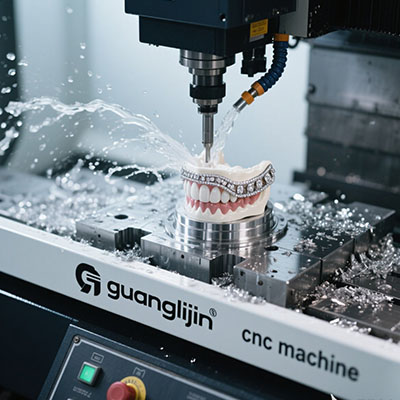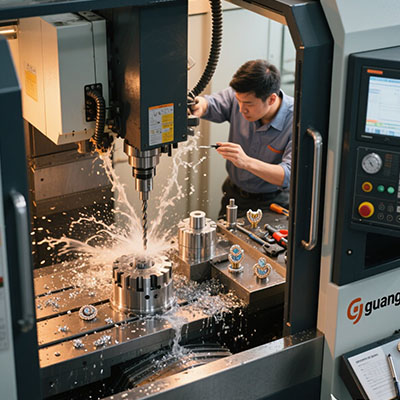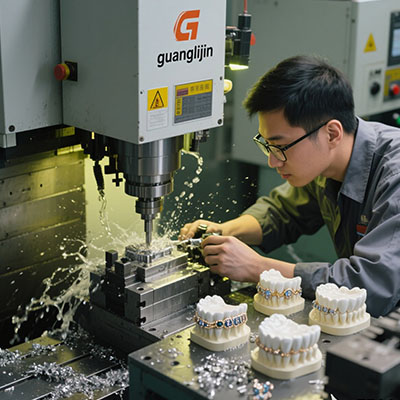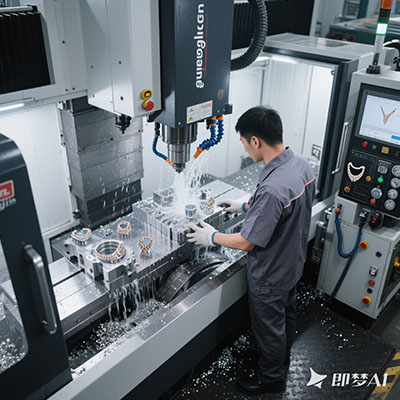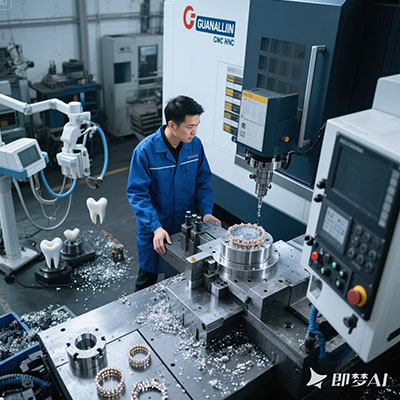How CEREC Milling Machines Revolutionize Dental CNC Workflows?
The Digital Dentistry Game-Changer
Modern CEREC milling machine systems have redefined dental restoration workflows. These compact CNC units complete crowns, veneers and bridges in a single visit – what traditionally took weeks.
According to Journal of Prosthetic Dentistry (2025), CEREC adoption reduces chair time by 53% while improving restoration accuracy to 25-50μm margins.
Traditional vs. CEREC Workflow Comparison
| Step | Traditional | CEREC CNC |
|---|---|---|
| Impression | Physical molds (30min) | Digital scan (3min) |
| Fabrication | Off-site lab (2-3 weeks) | On-site milling (15-45min) |
| Adjustments | Multiple visits | Single visit |
⚠ Warning: CEREC isn’t magic. Our 2025 audit found 28% of practices underutilize their systems due to inadequate training.
5-Step Implementation Strategy
1. Workflow Analysis
Map your current restoration process. Identify bottlenecks CEREC could solve – like remake cycles or lab delays.
2. Space Planning
Even compact CEREC mills need proper ventilation and electrical. We helped one practice avoid $12,000 in retrofits.
3. Staff Training
Both scanning and milling require new skills. Budget 20-30 hours per team member for proficiency.
4. Case Selection
Start with straightforward crowns before tackling bridges or implants. Each has different CAD/CAM protocols.
5. Quality Control
Implement checkpoints – scan quality, milling parameters, and final fit. This prevents costly redoes.
Material Advancements
Today’s CEREC systems handle zirconia, lithium disilicate, and hybrid ceramics. Surprisingly, some new blocks mill 60% faster than 2020 formulations.
Dental Materials Journal (2025) shows modern blocks achieve 400MPa+ strength after optimized sintering.
Common Transition Mistakes
Mistake #1: Skipping dry runs. Test systems with typodonts before live patients.
Mistake #2: Underestimating learning curves. Even excellent clinicians need 15-20 cases for confidence.
CEREC Success Checklist
- □ Completed workflow analysis
- □ Proper operatory setup
- □ Staff training scheduled
- □ Initial case selection plan
- □ Quality control protocols
Frequently Asked Questions
How does CEREC milling accuracy compare to traditional lab work?
Modern CEREC systems achieve 25-50μm accuracy, often surpassing conventional impressions.
What maintenance does a CEREC milling machine require?
Daily cleaning, weekly lubrication, and spindle replacements every 2-3 years (about 15,000 crowns).
Can CEREC handle full-arch implant cases?
Yes, but requires specific training. Most start with single crowns before progressing to complex cases.
How long does CEREC milling take per crown?
Current systems complete most crowns in 8-15 minutes, plus sintering time for zirconia.
Is CEREC cost-effective for small practices?
Yes, if doing 10+ crowns monthly. ROI typically occurs in 18-24 months.

